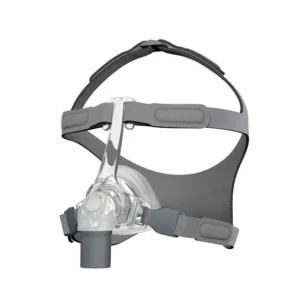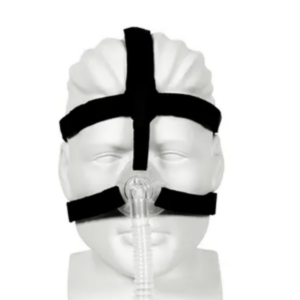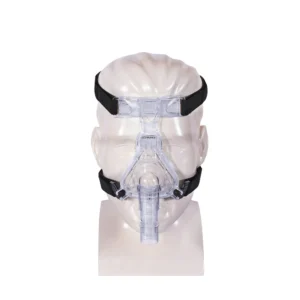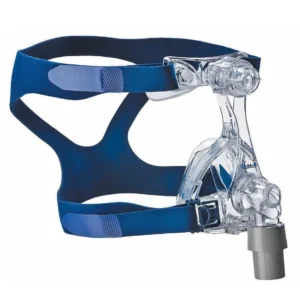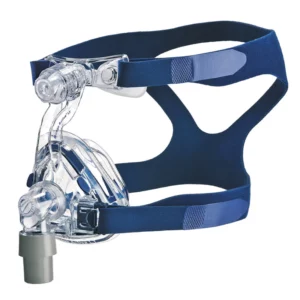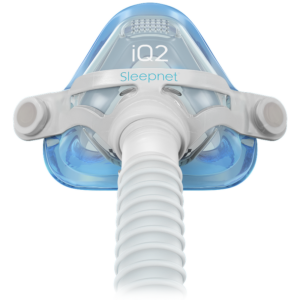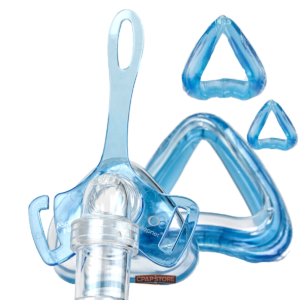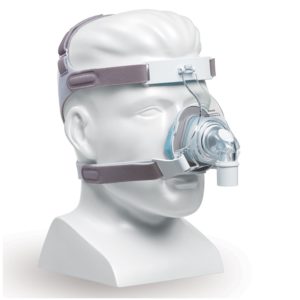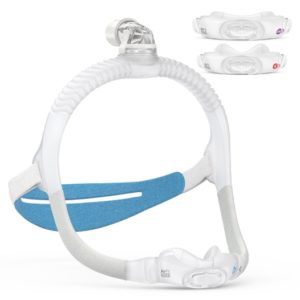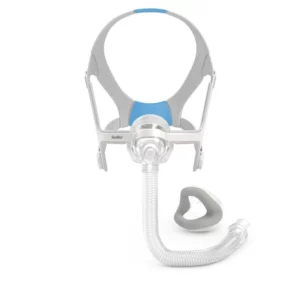Fisher & Paykel
Latex-Free Masks
Latex-Free Masks
Philips Respironics TrueBlue Nasal CPAP / BiPAP Mask with Headgear
Bundle Deals-
Bundle Deal: ResMed AirFit™ N30i Nasal CPAP Mask Small Frame with a FREE Headgear -FitPack
Latex-Free Masks
ResMed AirTouch N20 Memory Foam Nasal Cushion CPAP / BiPAP Mask
Nasal CPAP Masks
The Nasal Style CPAP & BiPAP Mask are the most common form of nasal CPAP or BiPAP masks. While not as small as nasal pillows, the nasal masks are still fairly small compared to full face CPAP masks. There are two different styles of Nasal CPAP Masks - Nasal Cushion CPAP Mask and Under The Nose Nasal CPAP Mask. The Nasal Cushion CPAP Mask covers the nose area and rests over the nose and against the cheeks and upper lip. The other nasal style cushion which is called Under The Nose Nasal CPAP Mask comfortably rests under the nose and against the cheeks and upper. Both Nasal CPAP Mask styles are held in place with a headgear that attaches to the mask at the forehead and sides of the face. The CPAP machine sends pressurized air into the mask, which surrounds your nose before you inhale it with a Nasal cushion mask and with under the nose nasal mask the air pushes throw the two holes that align with the nostrils.
The Nasal CPAP Mask may be suitable for individuals who:
- An Active Sleepers and need a secure fit CPAP Nasal mask for when tossing and turning in bed during sleep.
- Experiences soreness or even bleeding in the nose from other CPAP Masks.
- Wears reading glasses, love to read or watch TV before bed or prefer an open view of sight.
- Has a higher prescribed pressure settings over 10 or 12 cm H2O.
- Breathes through nose and constantly experiences air leaks. The Nasal Cushion CPAP Mask provides an even flow pressure reducing the likelihood of leakage.
However, Nasal CPAP Masks may not be suitable for individuals who:
- Tend to sleep with mouth open or wake up in the morning with a dry throat.
- Experience frequent sinus congestion, allergies, or flu symptoms.
- Have a deviated septum or other chronic nasal blockage.
- Experience skin rash or red marks on the bridge of the nose from other CPAP Masks.
- Experience irritation to the bridge of the nose or the forehead due to contact pressure from the CPAP mask’s frame or cushion.
- Have difficulty breathing due to enlarged turbinates, narrow nasal passages, or a deviated septum.

